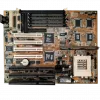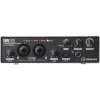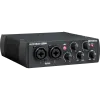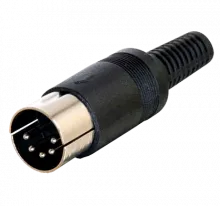
Full-sized DIN connectors are 13.2mm in diameter, and are available in patterns with three to fourteen pins. All patterns are commonly available as line versions in male (plug) and female (socket), and as panel-mounting female sockets.
The DIN connector consists of a shielding metal skirt protecting a number of straight circular pins. The skirt is keyed to ensure that the plug is inserted with the correct orientation and to prevent damage to the pins.
There are seven common patterns, with any number of pins from three to eight. Two different five-pin connectors exist, known as 180° and 240° (sometimes called 270°) after the pin arrangement. There is some limited compatibility, for example a three-pin connector will fit any 180° five-pin socket, engaging three of the pins and leaving the other two unconnected, but a five-pin connector will fit some but not all three-pin sockets.
There is a nearly obsolete convention for using the 180° five pin connector for connecting a stereo tape recorder to a stereo amplifier or preamplifier, using the five pins for the four signal connections plus ground. The cord used for this has a connector on each end, and the pins are connected pin for pin, i.e. pin 1 to pin 1, 2 to 2, etc. A four-channel cord wired in this way is sometimes simply called a DIN cord.
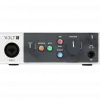
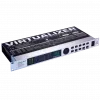
![Focusrite Scarlett 8i6 [3rd Gen] USB Driver](/sites/default/files/styles/thumbnail/public/2023-12/sound-focusrite-scarlett-8i6.webp?itok=RIghiUXK)
